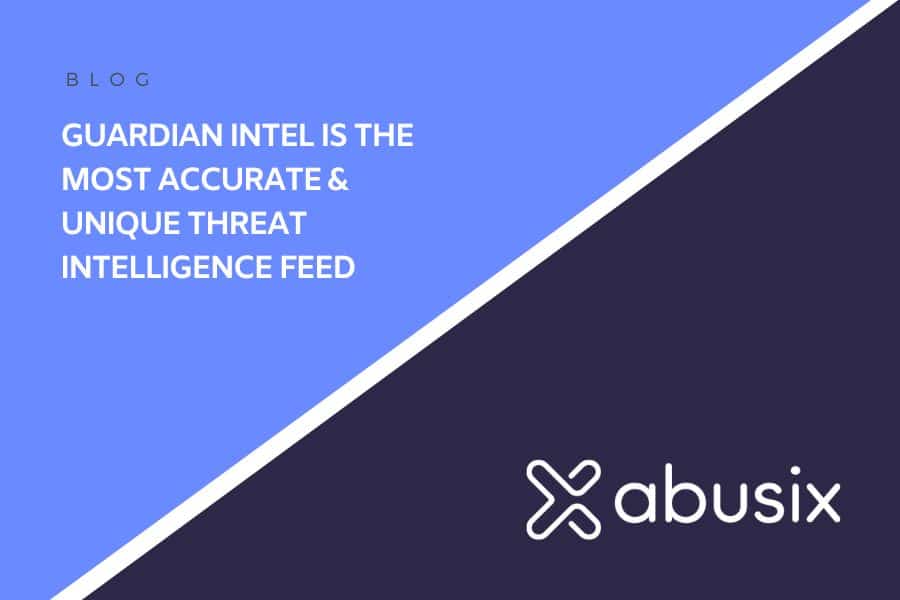There’s something oddly satisfying about seeing a sketchy IP come across your logs and knowing exactly what to do with it.
You don’t have to pivot 15 times. You don’t have to spin your wheels waiting for some third-party feed to catch up. You already know. Because you’ve got access to threat intel that’s a bit different than everyone else’s.
That’s what makes Guardian Intel stand out.
What’s So Special About Guardian Intel?
Most security teams rely on the same few data providers. So if you’re seeing a bad IP in your SIEM or XDR, chances are a dozen other orgs are seeing it too—and reacting in more or less the same way.
But Guardian Intel doesn’t play that game.
We tap into unique network telemetry that others can’t access—data from real abuse desks, spam traps, and infrastructure sensors across the globe. It’s noisy, messy, and gloriously real-world. And once you start enriching your detections with it, you’ll wonder how you ever did without it.
More Than Just Blocklists
Let’s get something straight: Guardian Intel is not just a glorified blocklist.
Yes, you’ll get real-time data on known spammers, phishers, malware droppers, scanners, and brute-force bots. But you’ll also get the context that makes that data actionable. Think:
- Historical behavior patterns
- Last seen / first seen timestamps
- Autonomous system and geolocation insights
- Abuse classifications (spam, phish, C2, etc.)
- Associated domains and email artifacts
This kind of enrichment turns “Huh, that IP looks shady” into “This IP belongs to a known phish kit hosting group, active in the past 48 hours, and tied to several credential-harvesting campaigns.”
Big difference.
Who’s Using Guardian Intel—and How?
Security pros from all corners of the industry are putting Guardian Intel to work:
- Threat intelligence analysts feed our data into MISP, IntelMQ, or custom enrichment pipelines to identify clusters and threat actors faster.
- SOC analysts use it in case triage workflows, cutting down manual pivoting and getting to a verdict in seconds.
- Engineers automate remediation based on classification confidence—because not everything needs a human in the loop.
- Abuse teams build real-time takedown triggers and detection rules around incoming abuse complaints, spam patterns, and unusual spikes.
In every case, the value is clear: better signal, faster decisions, fewer false positives.
The Power of Unique Data
Let’s be blunt—if your threat intel looks like everyone else’s, your detections are going to behave like everyone else’s. You’ll catch the low-hanging fruit, sure. But the novel stuff? The evolving stuff? That’ll slip through the cracks.
Unique data gives you an edge. It gives you the kind of coverage that doesn’t show up on generic feeds. And when it comes to phishing domains, open relays, C2 infra, and attacker infrastructure, Guardian Intel sees things others miss.

Real-World Ready
Guardian Intel was built by the same people who built large-scale abuse desks. We know what it means to be buried in garbage logs, fuzzy indicators, and inboxes full of abuse reports.
So we designed the platform to do three things well:
- Filter the noise — You don’t need more data. You need better signal.
- Contextualize the threat — Labels without context don’t help analysts.
- Scale with your workflow — Whether it’s a lookup, an API call, or a streaming feed.
Why Guardian Intel?
If you want threat intel that’s just more of the same, there are plenty of feeds out there.
But if you want signal from real-world abuse, massive telemetry, and a team that’s spent decades actually fighting bad actors, Guardian Intel hits different.
Start using it. Your SIEM, your analysts, and your peace of mind will thank you.




